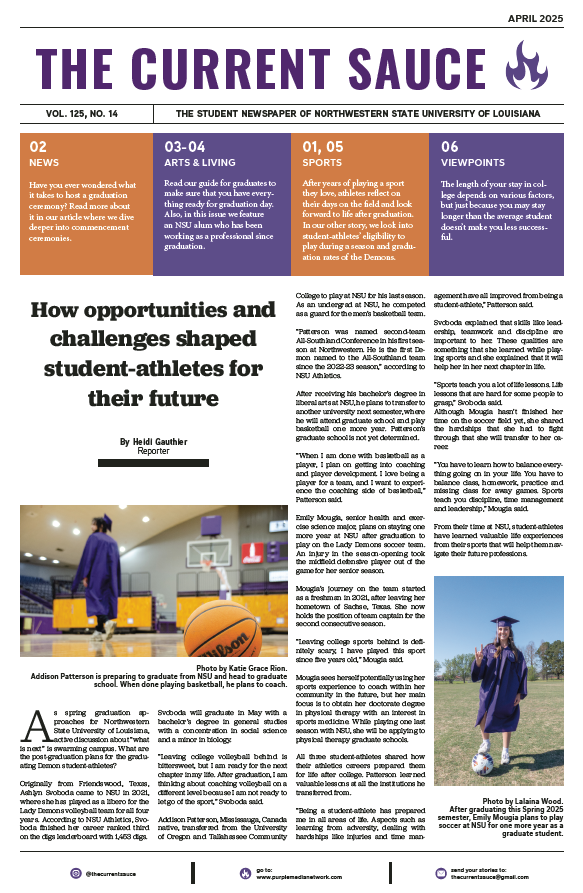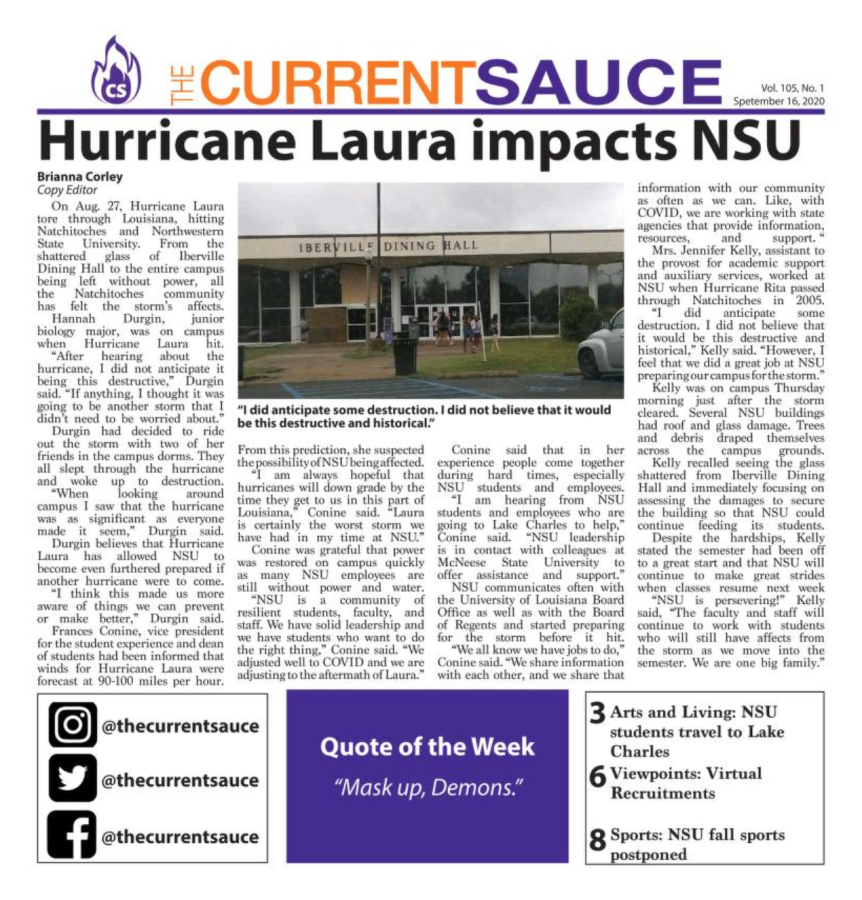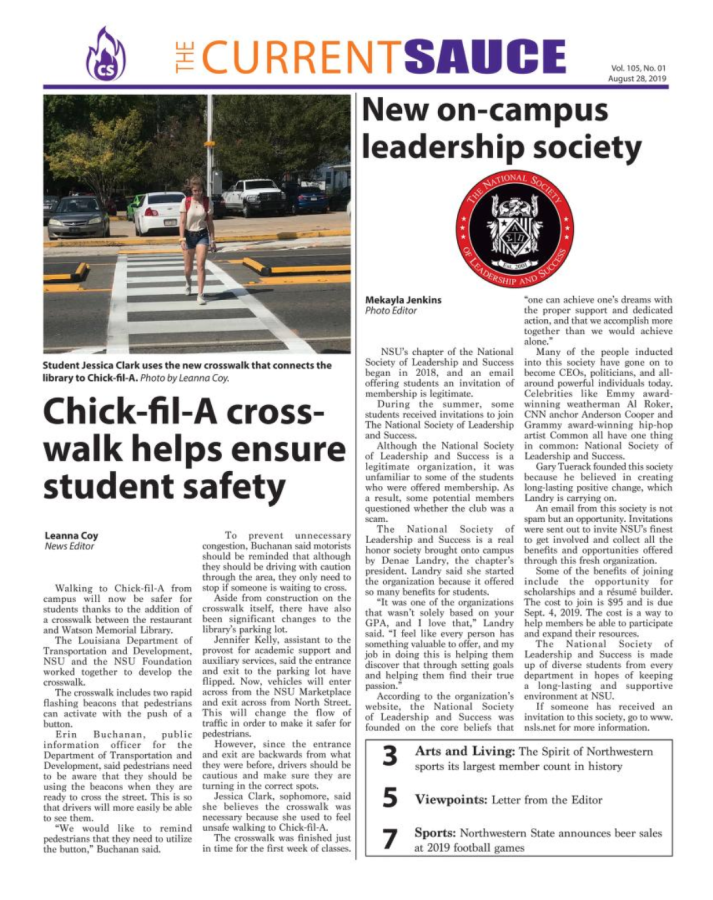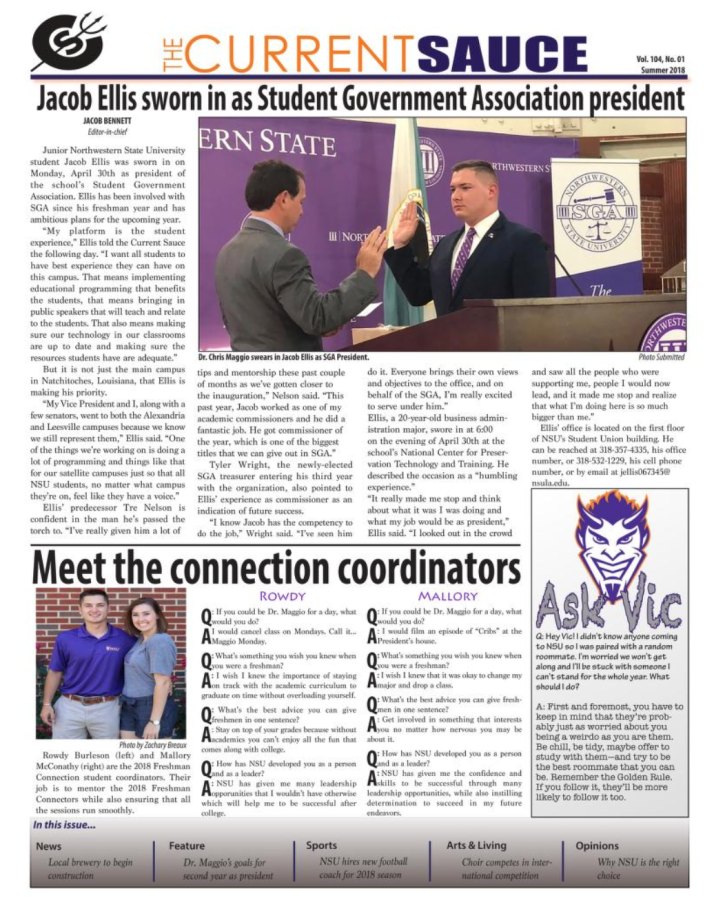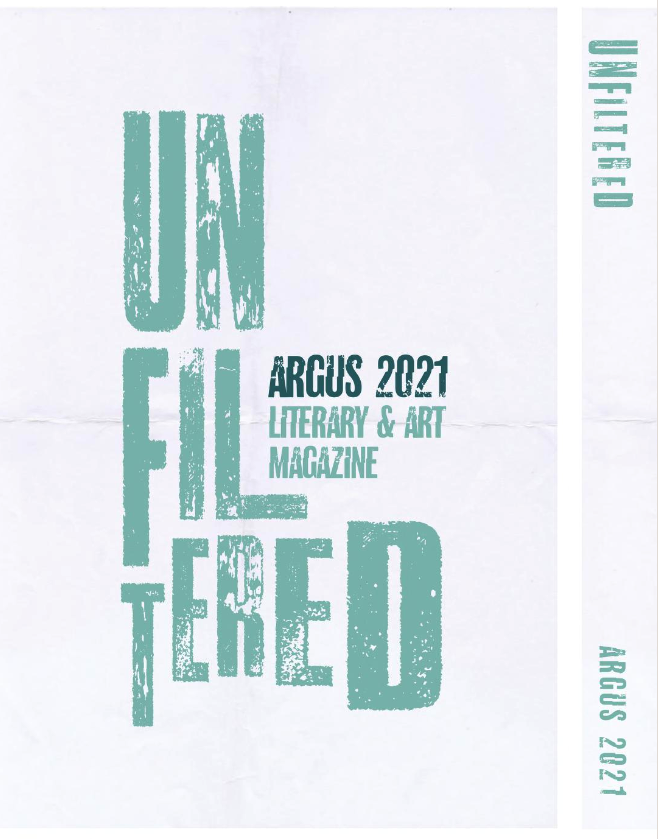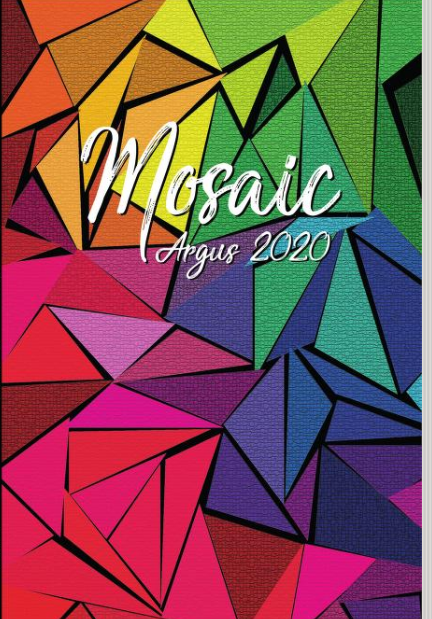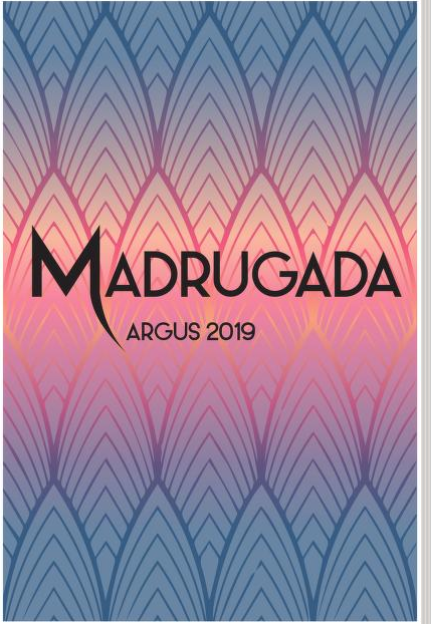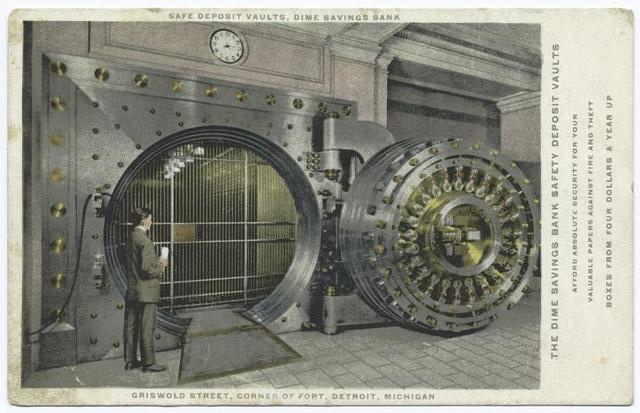Does Kaleidoscope redefine the “heist film” genre?
New York Public Library: Creative Commons CC0 1.0 Universal Public Domain Dedication
Safe Deposit Vaults, Dime Savings Bank: Griswold Street, Corner of Fort, Detroit, Michigan
Statistically speaking, there are at least 40,000 different ways to watch Netflix’s newest limited series, “Kaleidoscope”. The series, which was released on New Year’s Day, follows a seven billion-dollar heist executed by a crew of master criminals. With predecessors like “Ocean’s Eleven” and “Reservoir Dogs,” “Kaleidoscope” has a tough act to follow when it comes to asserting its place in the heist film genre.
The episodes, which are named after various colors of the rainbow, offer a “choose-your-own-adventure” sort of feel. However, this is by no means the first time that Netflix has used this concept in their shows. In 2018, “Black Mirror: Bandersnatch” utilized this method of storytelling to great effect.
Netflix has played into the hype by posting graphics on their official Twitter page suggesting multiple ways to watch the series. For example, if you wanted to watch “Kaleidoscope” like a Quentin Tarantino film, you would watch it in the following order: Blue, Green, Yellow, Orange, Red, Violet, Pink, White and Red.
This method of storytelling is not without its pitfalls. When it’s done correctly, a “choose-your-own-adventure” approach puts the story in the viewer’s hands and allows the viewer a certain kind of satisfaction. When it’s done wrong, it can feel disjointed, confusing and disappointing.
“Kaleidoscope” is loosely based on a true story, which involved the flooding of a vault containing seventy billion dollars worth of bonds during Hurricane Sandy. Although the underground vault was flooded, the company’s spokesperson allegedly failed to be transparent about how much was lost in the flood, which led people to believe that it was a coverup for a heist.
The crew of master criminals in this series plan to help themselves to seven billion dollars from the vault of a criminal rival during a hurricane. A series of “practice runs” ultimately leads to the heist, which targets SLS (the company owned by Roger Salas, a criminal rival of Leo Pap’s).
The series’s strengths lie in its acting and storytelling. Giancarlo Esposito’s performance as Leo Pap, otherwise known as Ray Vernon (the ringleader of the operation) serves as the glue that holds the team together. In addition, Rosaline Elbay, best known for her role in the Hulu series “Ramy”, delivers a standout performance as drug dealer and hustler Judy Goodwin.
The storytelling in this series deserves praise since the “choose-your-own-adventure” concept allows the viewer to get invested on their terms. However, the concept also drew criticism from viewers.
Viewers have complained that the format that “Kaleidoscope” is presented in is disjointed and gimmicky. However, the various subplots help to catch the viewer’s interest, even if the series is couched in conventional heist film tropes.
No matter what order you watch it in, the series allows you to invest in the story and the characters. “Kaleidoscope’s” color-coded storytelling is not for everyone, but generally, it’s binge-worthy.



